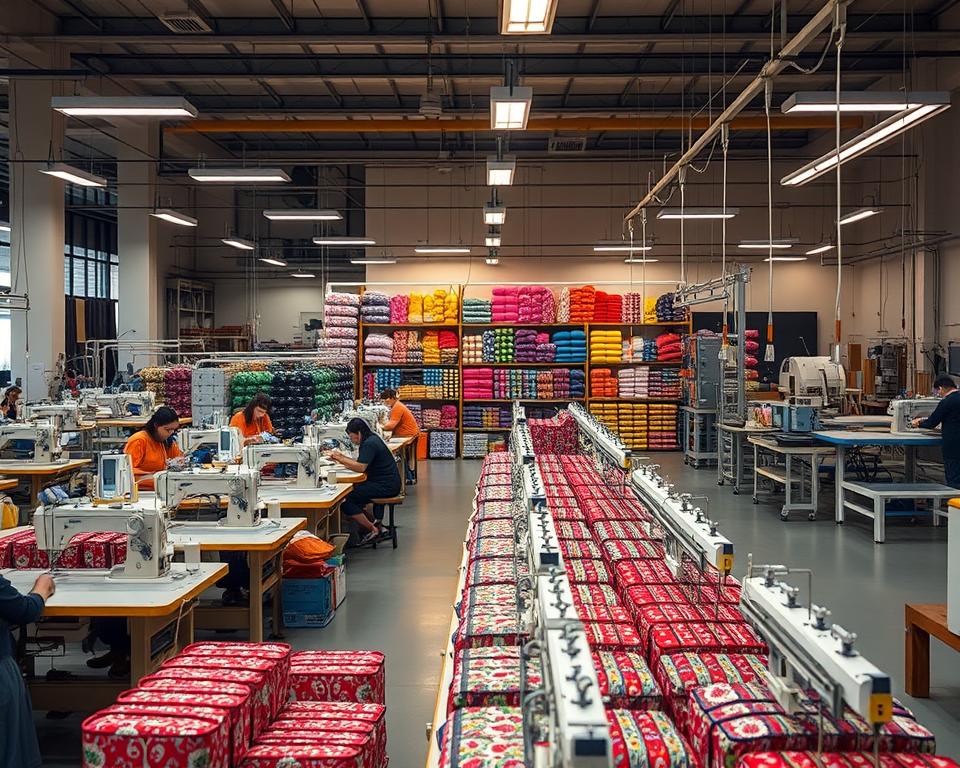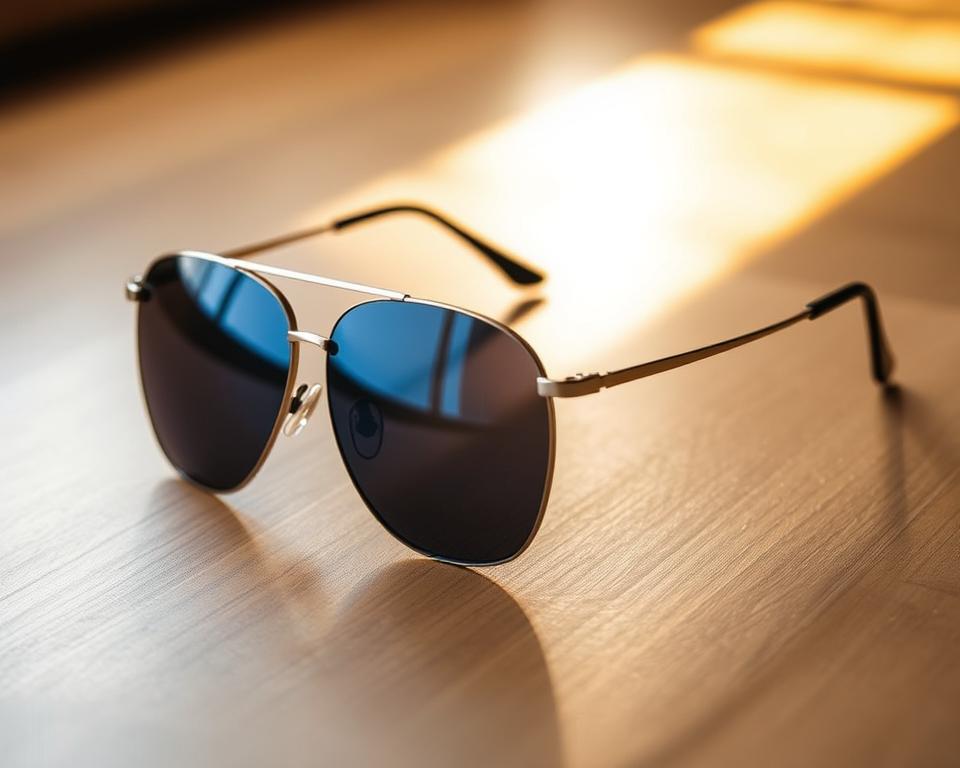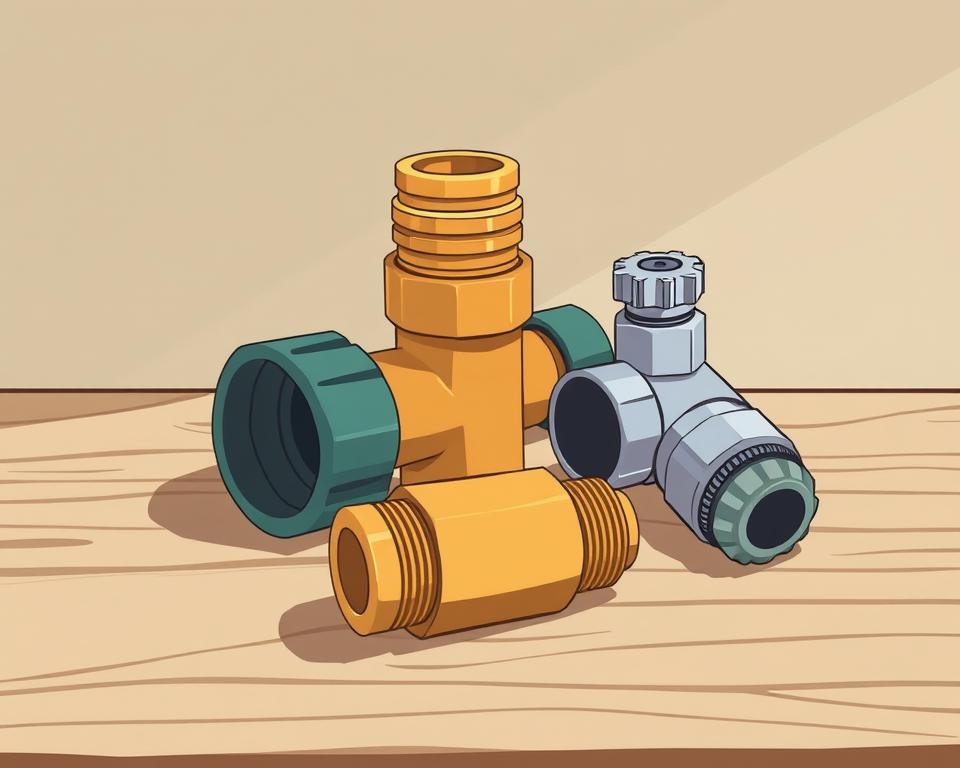Hire a DJ for Event Newport RI – Premier Local Music Pros
For weddings, corporate functions, or birthday bashes in Newport RI, hiring a professional DJ is essential. The ideal DJ establishes the atmosphere and bonds with guests, sustaining the party’s momentum. Use this guide to find the perfect DJ for your Newport RI event. We highlight local pros like Salty Live, celebrated for outstanding DJ services.
Selecting the ideal DJ is crucial for an unforgettable event. It’s not just about the music; it’s about creating an atmosphere that resonates with your guests. Here’s why the ideal DJ private party Newport RI is so important.

Reasons to Hire a DJ at Your Event
The mood you set influences how successful your event will be. With a DJ, you can turn a simple gathering into an unforgettable night. Pros gauge the crowd and choose songs that keep guests moving. This boosts enjoyment and makes your event stand out.
DJs bring diverse playlists you can’t get from a band. They blend musical styles effortlessly to please everyone. From timeless classics to current hits, the top Newport RI DJs curate sets to suit your theme.
They often take on emcee duties as well. They handle announcements, introduce acts, and keep the event running smoothly. Selecting a DJ provides flawless organization and a hospitable atmosphere.
What DJ Services Look Like in Newport RI
Choosing the right entertainment for your event is key. DJ services in Newport RI offer a range of options to meet your needs. From weddings to corporate functions and private soirees, a pro DJ enhances ambiance and engagement.
They supply high-quality audio rigs, lighting effects, and personalized song lists. Salty Live DJs interpret crowd energy to mix the perfect set.
They also offer equipment rental, helping you save on audiovisual costs. Their seasoned skills in event production deliver standout gatherings.
Why a Pro DJ Pays Off
Choosing to hire a party DJ in Newport RI opens up a world of benefits for your event. Expert DJs deliver high-end sound rigs and dynamic lighting. This means your guests will enjoy an unparalleled audio experience.
Their adept track blending is what makes pros stand out. They can smoothly switch between songs, tuning into the crowd’s vibe. The result is a charged dance floor ideal for vibrant celebrations.
Their deep music archives offer broad song selection. They craft playlists that align with audience preferences across genres. This customization deepens guest connection.
Reliability is also a major plus when hiring a party DJ in Newport RI. They arrive promptly and adapt to event changes. This reduces stress for you, the event planner.
Ultimately, a leading Newport RI DJ infuses your event with creativity and reliability. With high-quality gear, expert mixing, and crowd interaction, a professional DJ turns any event into a memorable one.
Benefits of Booking a DJ in Newport RI
Selecting a Newport RI DJ provides a range of advantages for a better event. Searching “event DJ hire near me Newport RI” yields budget-friendly options versus bands. It offers genre flexibility, matching music to your event’s character. From nuptials to business functions to birthday parties, DJs customize music accordingly.
They maintain continuous music flow, preventing awkward pauses found in live sets. They engineer song lists that mirror the vibe and captivate guests. Their skill yields non-stop tracks that keep the dance floor active.
DJs also bring additional value with their impressive lighting effects and dance floor interactions. Such features forge vibrant settings guests will remember. This tailoring showcases the value of a DJ at your event.
| DJ Hire Benefits | Description |
|---|---|
| Cost-Effective | Lower cost versus bands. |
| Genre Flexibility | Seamless genre transitions to match any theme. |
| Continuous Music Flow | Unbroken tracks and sustained momentum. |
| Elevated Atmosphere | Interactive visuals and effects enhance fun. |
Guide to Picking the Best DJ
Selecting the right event DJ in Newport RI calls for deliberate evaluation. You should assess various factors to ensure your DJ aligns with your event’s vibe and requirements.
First, evaluate their experience hosting events like yours. Find someone with broad musical range and adaptability. That versatility is vital for pro event DJ hire in Newport RI.
Subsequently, evaluate their genre specialties. A heartfelt commitment to music and deep catalog ensure a memorable gathering. Share your preferred genres and mood expectations.
Another critical factor is the DJ’s personality. Someone who resonates with guests fosters a dynamic party. Select a performer experienced at tuning into guest reactions.
Organizations like Salty Live offer a wide selection of talented DJs, making it easier to find the right fit. They guide you through candidate assessment for exceptional results.
Lastly, clear communication about your vision and expectations is essential. Discussing specific details helps the DJ understand what you want. That alignment produces an event that delights every guest.
Top-Rated DJs in Newport RI
Choosing the right DJ in Newport RI transforms your event. Newport RI features a rich lineup of DJs with varied specialties. Hiring a Newport RI-based DJ taps into local music culture.
Salty Live stands out for exceptional DJ offerings in Newport RI. They roster DJs proficient across all genres. Whether you need someone to get the party started or create a relaxed atmosphere, local DJs know how to meet your needs.
| Artist | Specialty | Experience Level |
|---|---|---|
| DJ Andy | Hip Hop & R&B | 10 years |
| DJ Sarah | Wedding & Events | 8 years |
| DJ Mike | Electronic & Dance | 5 years |
| DJ Emma | Classic Rock & Pop | 6 years |
Hiring nearby DJs brings extras beyond tunes. Their deep understanding of the local music scene makes your gathering unforgettable. Thus, your gathering succeeds with happy attendees.
Event DJ Packages in Newport RI
Newport RI DJs accommodate diverse occasion requirements. You can find mobile disco services perfect for parties, wedding DJs, and corporate event specialists. Each service customizes your event experience. They install premium sound gear for pristine audio.
Newport RI DJs cover extensive genre selections. This enables playlist personalization for guests. Whether you want a lively dance party or a romantic setting, experienced DJs can match your desired atmosphere.
Services like lighting setups, fog machines, and visual effects are available to boost the event’s ambiance. Several DJs offer all-inclusive packages with such upgrades. That simplifies organizing a standout celebration.
For those looking for event DJ hire near me Newport RI, local professionals offer more than music. They contribute broad production know-how. Their reputation for reliability and engagement ensures your event runs smoothly.
Selecting a DJ service means weighing event type, package contents, and personalization. Engaging pro DJs significantly uplifts the guest experience.
DJ Duties Beyond the Decks
Booking a Newport RI DJ delivers more than song selections. They handle vital duties to improve the event. Acting as MCs, they engage attendees and foster inclusivity. Choosing a professional event DJ in Newport RI means getting an expert who can manage the event’s flow seamlessly.
They skillfully pick songs that complement your gathering’s vibe. They cue songs to underscore significant moments—first dances or speeches. Such deliberate choices craft a soundtrack narrative that enthralls guests.
Plus, pros sense guest reactions and tweak tunes to sustain excitement. Such adaptability is key to a fun-filled experience. Choosing a DJ here delivers more than stellar music. You’re also getting a well-planned event experience.
How to Budget for a Newport RI DJ
Knowing DJ costs is vital for proper event budgeting. Knowing typical Newport RI DJ rates is important when budgeting. This knowledge helps in planning your budget effectively.
The cost of DJ services varies based on several factors. Variables such as hours of play and attendance size apply. Consider this sample cost structure:
| Hours of Play | Typical Rate | Pricing Drivers |
|---|---|---|
| 4 Hours | $600 – $800 | Experience level, equipment quality |
| 6 Hours | $800 – $1,200 | Additional services included |
| 8 Hours | $1,200 – $1,500 | Special requests, travel distance |
When searching local DJs, weigh hourly rates plus enhancements. Additional packages like haze machines and speaker upgrades. Those add-ons significantly boost event ambiance.
Clearly outline your specifications to receive precise pricing. Knowing these budgeting factors will aid in planning and ensure a memorable experience for you and your guests.
When to Book a Party DJ in Newport RI
Organizing an event? Many types shine with a Party DJ in Newport RI. They suit mixed audiences and motifs, ideal for diverse events.
These occasions particularly benefit from Newport RI DJ services:
- Nuptials: They provide tailored audio flow for key moments.
- Anniversary Celebrations: Birthdays are an opportunity for celebration, and a DJ can mix tracks that cater to all age groups.
- Business Functions: They tailor sound to boost corporate interaction.
- Local Festivals: A lively DJ can engage large crowds, ensuring everyone enjoys the festivities.
- Student Dances: They align with teen trends for nonstop dance sessions.
Choosing to hire a party DJ in Newport RI ensures your event stays lively and engaging. DJs can read the room and adjust music to suit the crowd, providing a dynamic experience unmatched by traditional live bands. Their bespoke sets aligned to themes create unforgettable moments.
Tapping into Newport RI DJs’ adaptability and talent ensures an event customized and memorable. Therefore, when planning your next celebration, remember the strong benefits of pro DJ hire.
Bringing It All Together
Opting for a DJ in Newport RI means more than song selection. It’s about crafting an unforgettable experience for your guests. An expert DJ converts your gathering into a lively, interactive affair. Finding the perfect DJ and services lays the groundwork for success.
Working with Salty Live’s team ensures reliability. You’re engaging seasoned pros dedicated to memorable events. Their crowd-reading, room-sensing, and energy-sustaining skills make events shine.
Engaging a DJ here means investing in peak event quality. It’s a decision that enhances your gathering. Emphasizing stellar entertainment leads to lasting guest memories.








